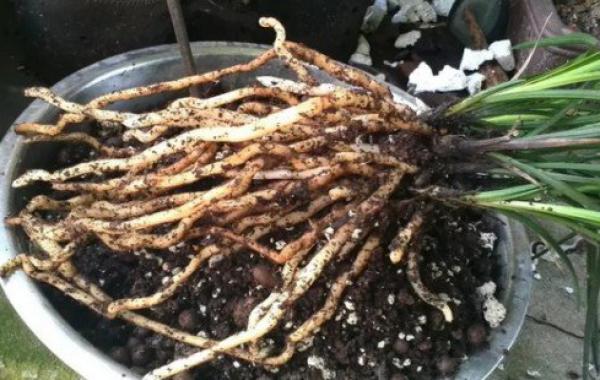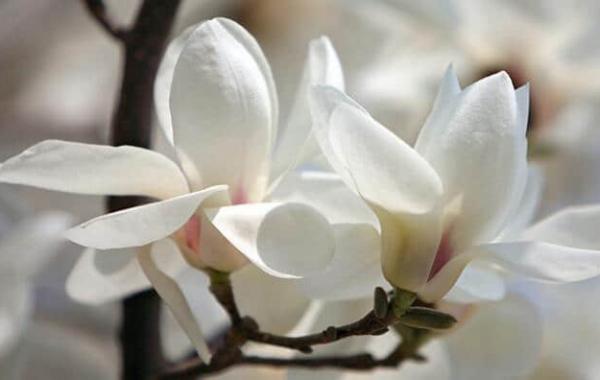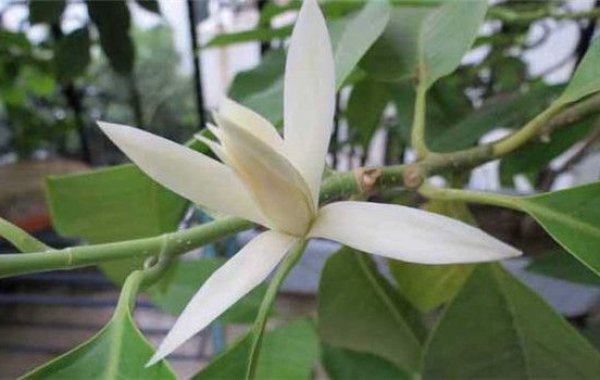Orchids pour basin precautions

Pouring pot is an indispensable link in the process of orchid cultivation, because reasonable pot pouring can often play a strong role in the cultivation of orchid seedlings, so that they can better maintain their growth in the new environment. And now it's spring, and spring is a more suitable time to pour pots for orchids. Apart from mastering the correct way to pour the basin, what else do we need to pay attention to?
Although orchids are easy to raise, as an ornamental potted plant, pouring pot work can not be too careless. Only when we do a good job in every link, can we ensure the smooth pouring of the pot and not affect the normal growth of the orchid plant. Today, the editor would like to introduce to you.
1. Before pouring the pot, we must observe the growth state of the potted orchid to see if it is necessary to pour the pot. The pot is usually poured when there are too many seedlings in the basin and are too crowded, which leads to the poor growth of the orchid plant.
2. The timing of pouring pot in spring should be grasped well, and it is not suitable to restore the growth of orchid plant at any time. It is usually appropriate to pour the basin during the period from February to April, and the specific time should be controlled flexibly in view of the different regional environment.
3. If the flowerpot used to pour the pot is a new pot, it needs to be soaked and annealed in water in advance; if the flowerpot used to pour the pot is an old pot, it needs to be washed, sterilized and then soaked.
4. When preparing new basin soil, the selection and proportion of plant materials should be scientific and reasonable, and everything should be based on looseness and permeability, water permeability and water conservation.
5. Before de-potting the orchid seedlings, the water supply should be stopped 2 days in advance in order to better take out the orchid plants and not hurt the plants.
6. Remember to disinfect and sterilize the wound with carbendazim or potassium permanganate after root trimming.
7. The drainage layer must be done before potting, and the operation is standardized when potting, so as to avoid new damage to the plant.
8. After finishing the pot, you can't water immediately. If you find that the plant is short of water before watering, you can spray more water. Only after 3-5 days can you water the root.
Related
- Is the orchid suitable for indoor use? Is it good for the body?
- How to prevent the empty root of orchids?
- What to do after the crab claw orchid is withered?
- Why are the leaves of orchids always yellow? Fertilizing and watering.
- Can the root of the gentleman orchid be saved if it is rotten?
- Diagnosis and treatment of cotton-blowing beetle insects in Cymbidium
- There is a way for a gentleman's orchid to rot.
- What is the most suitable temperature and humidity for the orchid?
- How to raise a gentleman's orchid? Cultivation techniques of Cymbidium
- How to prepare the nutritive soil for the cultivation of Cymbidium



